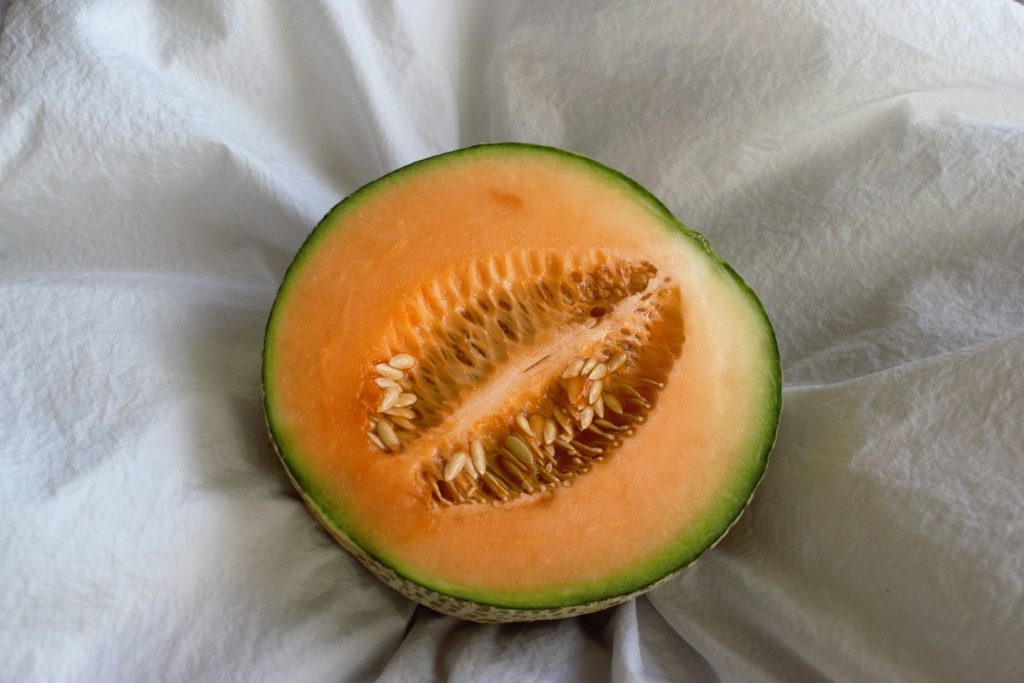All fields are required
Posted in Our Blog on February 10, 2024

In light of ongoing concerns about imported cantaloupes and the recent outbreaks with subsequent recalls associated with the melon, the US Food and Drug Administration (FDA) has updated their import alerts for the product. Certain manufacturers and regions have been categorized or re-categorized based on risk assessments.
The FDA periodically updates alerts that are used as a standard for field personnel to evaluate imported food and drug products into the United States. This is not a new policy brought about by the cantaloupe concern, but the agency is using this platform to help prevent further issues from occurring.
These imports occur as a result of risk assessment, prior issues, and product/place of origin being listed as “not allowed” to be imported into the country or allowed with specific additional checks.
This alert that was originally created in October 2022 was updated near the end of 2023 to revise the listing for “Detention without physical examination from Mexico.” This modified the “Red List” to include certain products and allows the FDA to automatically detain products in that category without the added step of inspecting, examining, or sampling the product.
It is an automatic DO NOT ENTER, do not pass go, do not collect $200.
In these cases, flagged product is pulled and not allowed to be put into commerce. It will either rot in storage or arrangements may be made for the shipper to retrieve the product.
“Divisions may detain, without physical examination, all raw and raw fresh refrigerated cantaloupes, frozen, and processed cantaloupe, including fresh cantaloupe slice/chopped for salad bars offered for importation from the country of Mexico except from those firms listed on the Green List of this import alert.”
The agency notes that additional risk is associated with cut cantaloupes, as there are more opportunities for potential contamination and adulteration.
Categories for imported products have three distinctions. Red, yellow, and green. Each category has specific criteria to meet in order to be added to that list, of which certain regulatory actions are enforced based on the list’s alerts.
Criteria such as:
Site visits may also be a criterion for certain lists.
If a product is on the “red list,” it has been flagged as not allowed to enter the United States and is automatically detained. It can be automatically detained with evaluation, or for certain products deemed a very high risk – detained without physical examination.
Products placed on the “yellow list” are evaluated. This could be a physical examination, sample collection, paperwork check, etc. It is not an automatic “no,” and in most cases the product passes scrutiny and is allowed entry into US commerce.
Green listed items have a free pass, as long as they maintain their status. They have a good record and provide appropriate documentation that shows they continue to meet the criteria for the green list. Products on the “green list” are allowed entry and can be placed into commerce without additional oversight.
According to the alert, the justification dates back to the early 2000’s. There were four multi-state salmonellosis outbreaks that were traced back to Cantaloupes from Mexico. One outbreak was Salmonella anatum and the other three were Salmonella poona strains. These outbreaks accounted for many illnesses, several hospitalizations, and two deaths. Subsequent sampling found multiple violations. Additionally, the outbreaks in the early 2000’s included illness spread over wide geographical areas in the United States as well as Canada and occurred for over a 6-week period, suggesting the event was not a random natural event but an ongoing issue.
A group called the Division of Import Operations, in conjunction with the Center for Food Safety & Applied Nutrition analyzed available sampling data from 2012 to 2020 for products that fell under the “Detain Without Physical Examination” alert. They discovered that there was still a high rate of contamination for cantaloupe products originating from this region.
The FDA believes that the source of Salmonella contamination is not a random or one-time contamination even, but likely attributed to a broader source of contamination.
The report cites the following potential sources:
Additional inspections of growing areas and packing sheds of certain producers found that “cantaloupe are indeed manufactured, processed, or packed under insanitary conditions.” It revealed the lack of an overall environmental sanitation program and the absence of regulatory in Mexican law to address the insanitary conditions that the agency believes lead to the Salmonella contamination and so many illnesses and deaths in the United States.
According to the United States Center for Disease Control and Prevention, Salmonella bacteria are responsible for about 1.35 million infections in the United States each year. This leads to around 26,500 hospitalization and 420 deaths.
The most common source?
Food.
Symptoms often begin around 6 hours to 6 days after exposure and last around 4 to 7 days. Common symptoms include diarrhea, fever, and stomach cramps.
Most people recover without medical intervention and do not require antibiotic treatment. However, some may experience more severe illness and may require medical treatment and/or antibiotics to treat the illness. In some cases, additional complications arise and hospitalization is required.
Have you become sick from eating cantaloupes from Mexico? If you were involved in a cantaloupe outbreak or have become sick after eating cantaloupe, you may have a legal case for compensation.
The Lange Law Firm, PLLC is experienced at helping families with cases just like yours, recovering medical bills, lost wages, and other expenses. Contact the compassionate team by phone at (833) 330-3663 or click here to email for your free consultation.